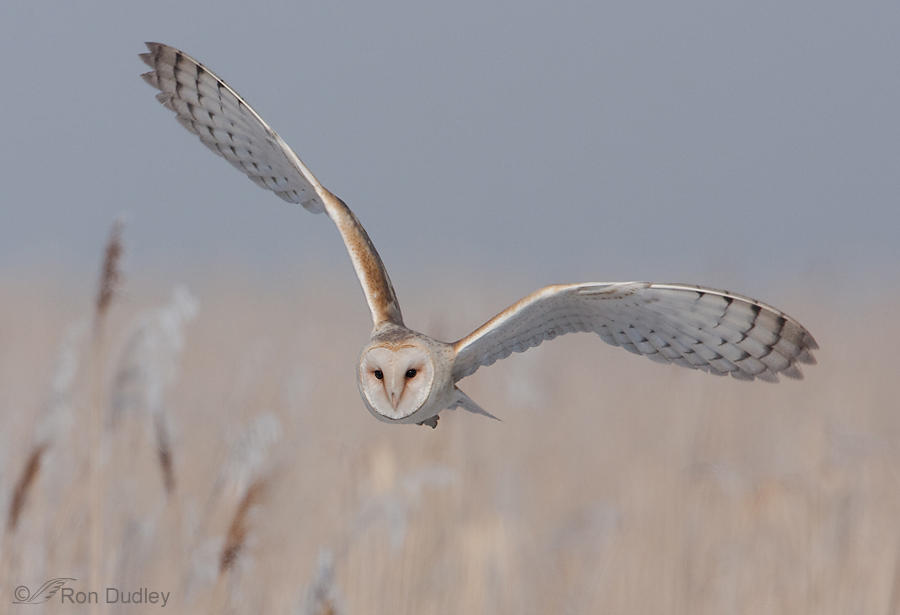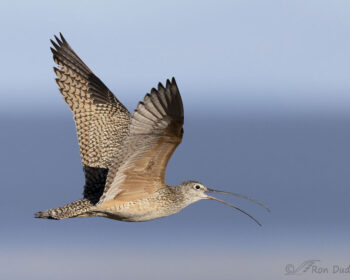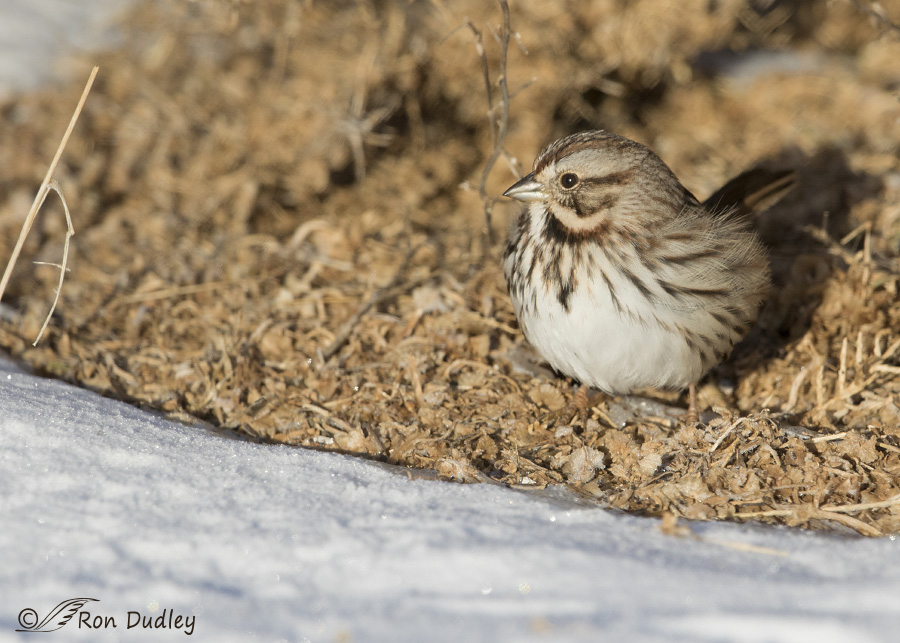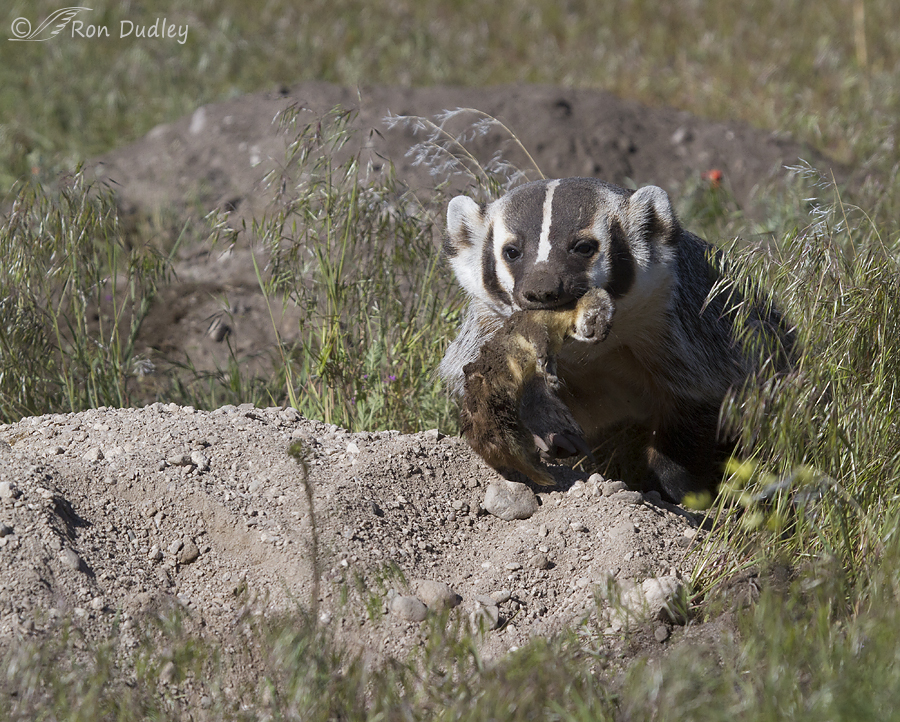Tag: cheat grass
Yet Another Reason Birds Need Appropriate Habitat
Burrowing Owls And Badger Holes
My Love-Hate Relationship With Phragmites

I have a complicated relationship with Phragmites. Though some strains are native to North America, much more vigorous invasive varieties from Eurasia haven taken over many of our wetlands and proven to be extremely difficult to control. Dense “reed stands” of Phragmites with their dramatic seed plumes waving in the breeze can be strikingly beautiful but they’re a huge problem in our wetlands.
Chukars of Antelope Island
The Chukar, also known as the Chukar Partridge, is a species first introduced into North America from India in 1893. Since then they have flourished, particularly in the Great Basin of the American west where the largely feed on the seeds and leaves of cheat grass. Antelope Island in the Great Salt Lake provides perfect habitat for them and they abound there. Chukar calling In the springtime there are times when the hillsides sound like the island has been overrun by domestic chickens from the calling of the Chukars. Preening on a rock perch Chukars are very prone to perch on rocks – especially in the spring. While there they call to other birds and preen. Sentinel birds of a flock also prefer elevated perches while on lookout, which of course is ideal for the bird photographer. Parent with chicks And here’s one of the reasons there’s so many Chukars on Antelope Island – the breed prodigiously. Clutch size can be up to 21 eggs! Chukar covey on boulder In late summer and fall Chukars often congregate in large groups. These coveys tend to consist of adults and their offspring but several family groups may mix together. Preparing to jump off the rock Like some other upland game birds, Chukars are often reluctant to fly. They will typically jump down from their perch and scurry through the vegetation to hide. They are very fast runners and easily outrun a human on foot. Rock hopping I’m often tempted to call these birds “rockhoppers” because of their tendency…




